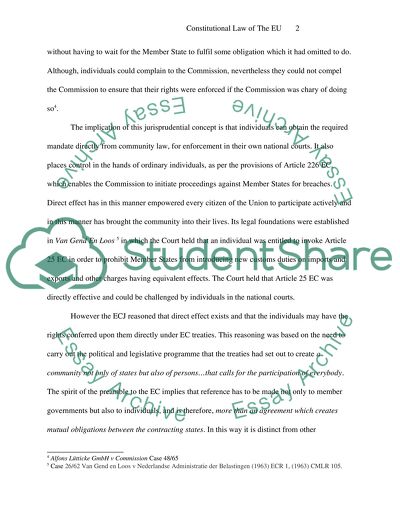Cite this document
(“Constitutional Law of the EU Case Study Example | Topics and Well Written Essays - 3000 words”, n.d.)
Constitutional Law of the EU Case Study Example | Topics and Well Written Essays - 3000 words. Retrieved from https://studentshare.org/law/1519755-constitutional-law-of-the-eu
Constitutional Law of the EU Case Study Example | Topics and Well Written Essays - 3000 words. Retrieved from https://studentshare.org/law/1519755-constitutional-law-of-the-eu
(Constitutional Law of the EU Case Study Example | Topics and Well Written Essays - 3000 Words)
Constitutional Law of the EU Case Study Example | Topics and Well Written Essays - 3000 Words. https://studentshare.org/law/1519755-constitutional-law-of-the-eu.
Constitutional Law of the EU Case Study Example | Topics and Well Written Essays - 3000 Words. https://studentshare.org/law/1519755-constitutional-law-of-the-eu.
“Constitutional Law of the EU Case Study Example | Topics and Well Written Essays - 3000 Words”, n.d. https://studentshare.org/law/1519755-constitutional-law-of-the-eu.


